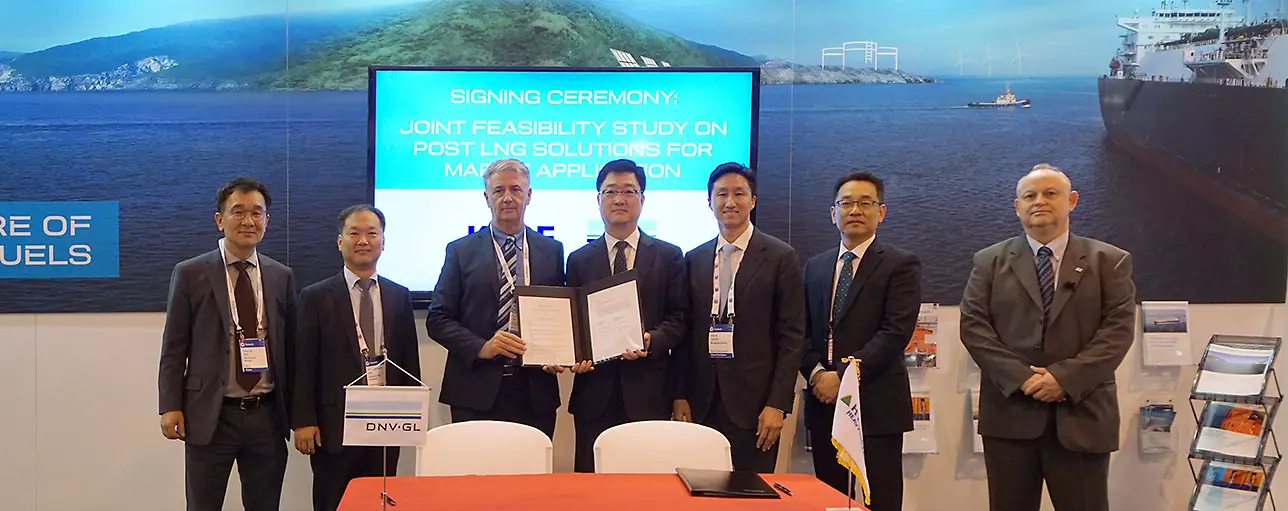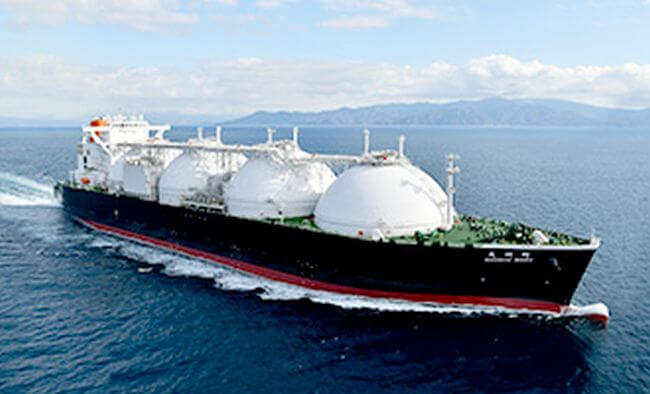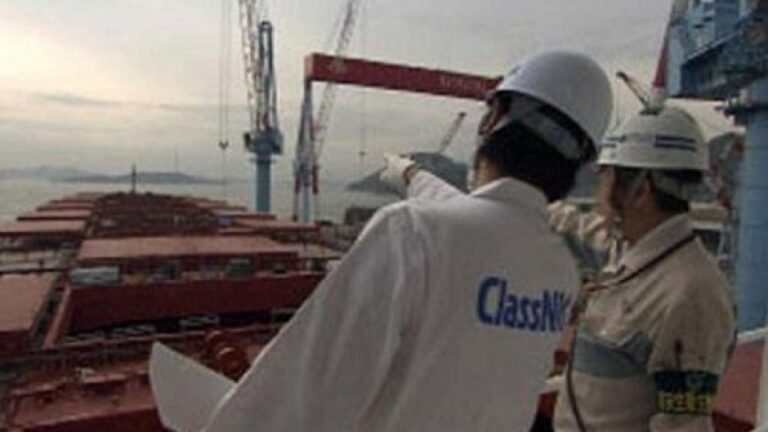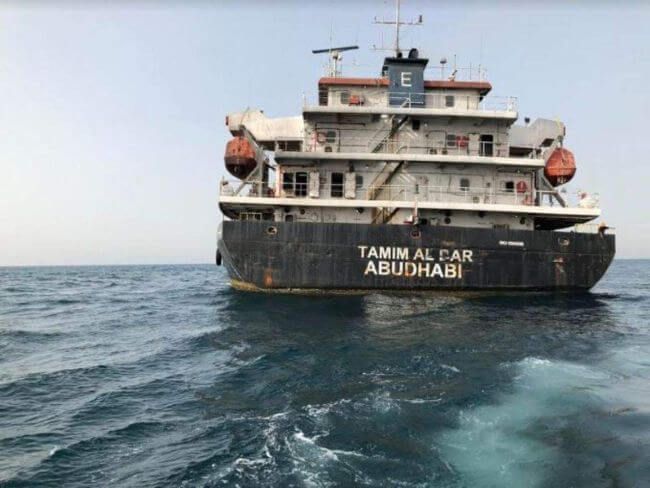KSOE And DNV GL Sign MoU To Develop Low And Zero Carbon Shipping Solutions

KSOE And DNV GL Sign MoU To Develop Low And Zero Carbon Shipping Solutions
A Memorandum of Understanding (MOU) has been signed by DNV GL and Korea Shipbuilding & Offshore Engineering (KSOE) which is to cooperate for the development of low and zero-carbon technology for the ship. The signing ceremony that took place at the Gastech Trade Fair in Houston was attended by Ki-Sun Chung, Senior Executive Vice President and Won-Ho Joo, Director of Advanced Research Center from KSOE with Conn Fagan, Vice President and Sung-Ho Shin from DNV GL.
With the increasing pressure from the growing market, public and regulatory rules on the marine sector to cut down its GHG emissions, this MOU has been brought forward.
“We expect DNV GL’s accumulated data on future ship fuel will be combined with HHI ‘s advanced gas engineering technology and will come up with the innovative technology standards,” said Won-Ho Joo, KSOE, Director of Advanced Research Center at the signing ceremony.
Also read: Gas Engineer Or Petroleum Engineer Job: Is It A Lucrative Offshore Career?
The MOU aims to develop and come up with a new solution for ship technology with zero emissions. LNG, that is leading low emissions/low carbon ship fuel available at present, will be studied. LNG’s potential to become a zero-carbon fuel will also be assessed upon. Both KSOE and DNV GL will come together and carry out elaborate research on future shipping fuels like LNG, hydrogen, ammonia, and biofuels. They will not only check the fuel supply but will also check the propulsion system to use these fuel. They will also make an assessment of the bunkering convenience and safety.
“Alongside improvements to energy efficiency, new low and zero-carbon fuels will play an essential role in the maritime industry of the future,” said Conn Fagan, DNV GL – Maritime, Vice President. “The ongoing energy transition is starting to reshape the shipping industry and this collaboration is an opportunity to provide competitive and practical solutions to the entire industry.”
In ‘Maritime Forecast 2050’, DNV GL’s report, it is said that there must be flexibility in fuel and technologies for the strategy of fuel change for the shipping industry. This is an important strategy that the industry has to adapt for the transition of energy and for low carbon future. Dual fuel solutions and alternative fuel ‘ready’ solutions are some effective ways that can be used in the deep sea segment for starting the transition for future retrofits. Technologies like adaptable storage tanks, onboard systems and shore-side fuel infrastructure, combined with the fuel transition, will give even more options as the new fuels and technologies come up.
The report also says that by 2050, 30-40% of the world ship energy will be supplied by carbon-neutral fuels. 40-80 % of the energy mix is to be accounted for by liquefied methane gas. For deep-sea operations, ammonia, bio-diesel, liquid biogas, and electric fuel are suggested to be promising carbon-neutral options.
Reference: dnvgl






